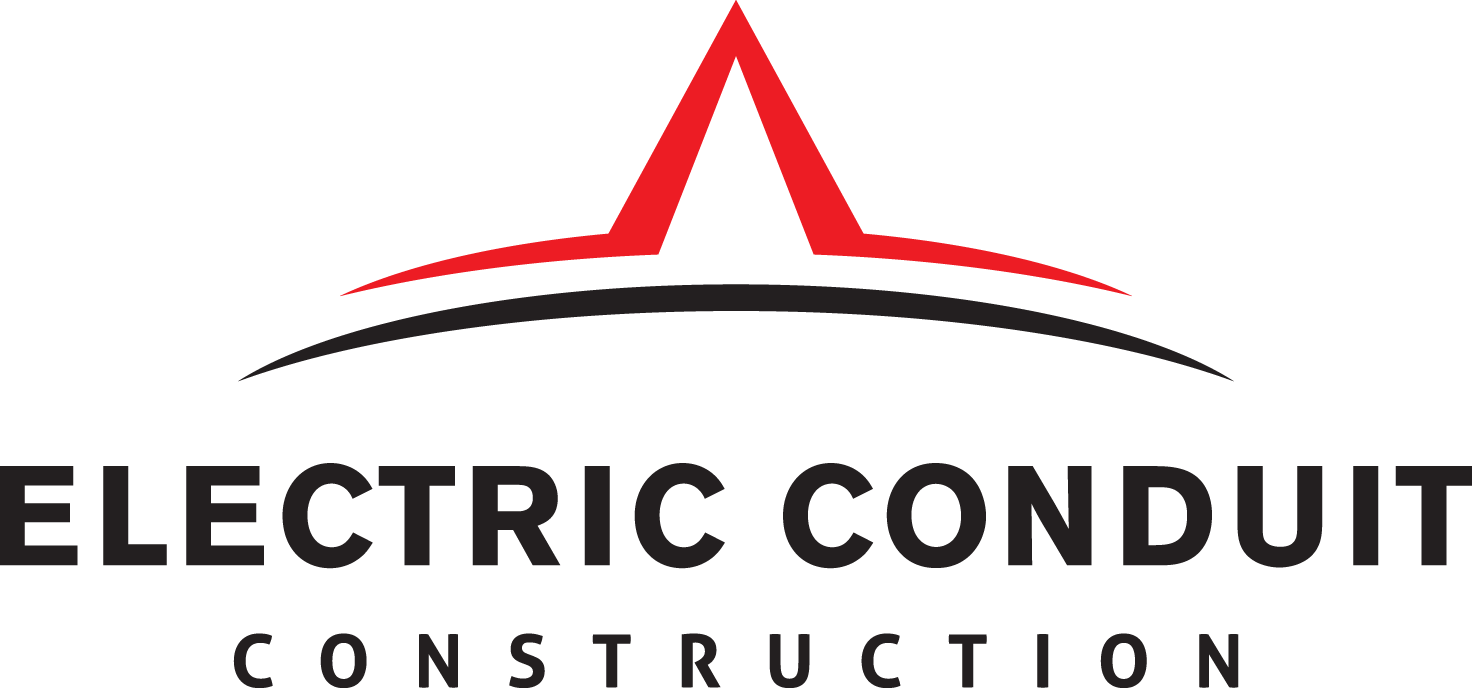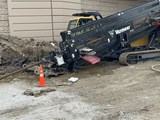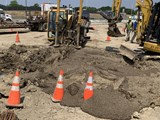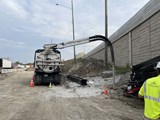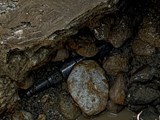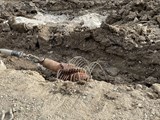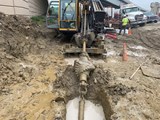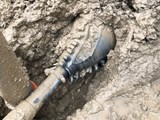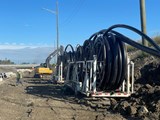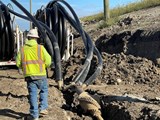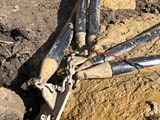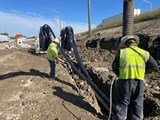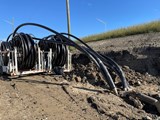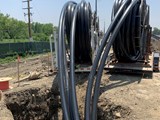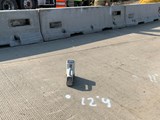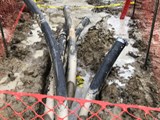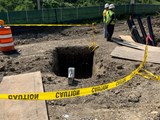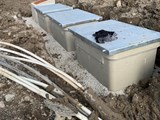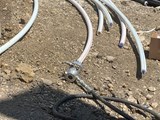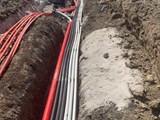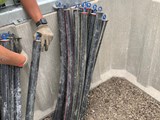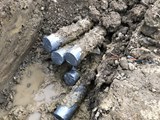HDD Helps Build an Intelligent Highway
Making a roadway “smarter” requires new infrastructure in the form of power, fiber optic cable, video cameras and sensors to monitor traffic, weather conditions, and connectivity. Fiber optic cable (FOC) is the backbone of these systems, carrying data to control centers and enabling operators to make decisions about lane closures, speed control, traffic flow, and messages transmitted to dynamic signs.
Bringing the IT system designer’s vision to life requires construction. These projects usually involve open-cut earth work and directional drilling. This project required the installation of ten, six-inch conduits to be placed under a box culvert, near a major tollway. These conduits would carry FOC for use with video and other sensor systems, as well as power cables. The six-inch conduits are used as casings, with up to three 1.5” conduits in eight and two containing a single 4” conduit. This configuration adds a layer of protection and makes it easier to service in the event of a cable failure.
Electric Conduit Construction’s (ECC) Drilling Superintendent, Arnie Johanningsmeier selected the Vermeer 100 x 140 directional drill for its downhole force and the existing soil conditions. This machine weighs in at 57,000 lbs., utilizes either 15- or 20-foot-long drill rods, has a rotational speed of 203 RPM and produces up to 14,000 ft. lbs. of torque.
Click on any picture to enlarge and run as a slide show
“Geotechnical work is the only way to assess soil conditions and choose the right sized drill rig.”
Arnie Johanningsmeier
Superintendent
The soil along the drill path consisted of compacted fill and rock. ECC undertook their own geotechnical investigation and dug pits to determine the soil conditions. At the drill depth boulders were discovered embedded in the soil profile. The initial drill hole was 8 inches in diameter. This was reamed with an 18”, 20” and final 28” reamers. One set of five, six-inch conduits were pulled back. The drill rig was moved over six feet and this process was repeated to pull back the second set of five, six-inch conduits. The drill profile was a shallow arc fourteen feet deep under the culvert. Each of these bores took three days to complete. All ten conduits were proofed by pressure testing to be certain the conduit walls were not punctured during the pullback. The carrier conduits were then pulled in and stubbed out to receive the final cables.
ECC takes safety seriously and working around machines like the Vermeer 100 x 140 called for extra caution. The tooling required a 120-class excavator for movement and positioning. Workers were kept out of line-of-fire areas. Spotters were employed when the excavator was moving. Rigging inspections were made to ensure that slings were properly rated, and the attach points balanced the load. Slip and trip hazards were abundant in the torn-up ground. Other contractors sometimes created problems since the work zones were close together putting men and equipment in conflict.
PROJECT NOTES
2 – 300’ bore shots with each pulling back 5 – 6” conduits in each bore
18” 24” and 28” final ream
Rocky clay loam soils with boulders present along drill path.
Pull in 1.5” conduit for fiber optic cable.
Pull in 4” conduit for power cables.
Proof all conduit using a pressure test.
Remarkably, this project was completed in 10 days, ECC delivers efficiency for its customers by utilizing professional project managers, excellent field personnel and investigating the field conditions before the work begins. This usually always saves our customers time and money. This approach is also much safer for workers and the constant traffic through construction areas along roadways.
About Electric Conduit Construction ITS Division: ECC has installed conduit for telecommunications and power since the 1960’s. With the development of Intelligent Transportation Systems, ECC has expanded its capabilities to include skilled tradesmen in the areas of fiber optic cable installation, splicing, testing and termination. As well as electricians capable of working with voltages ranging from low ac/dc control voltages up to 14 Kv. distribution voltages. ECC performs all tasks with inhouse equipment and personnel. This includes civil, electrical, fiber, overhead work, pole setting, antenna testing, and directional drilling. Our customers appreciated the turnkey approach we take to completing their projects.
If you are interested in ECC bidding your projects, please click on REQUEST A PROJECT or call Carl Oko at 630-360-7903.
